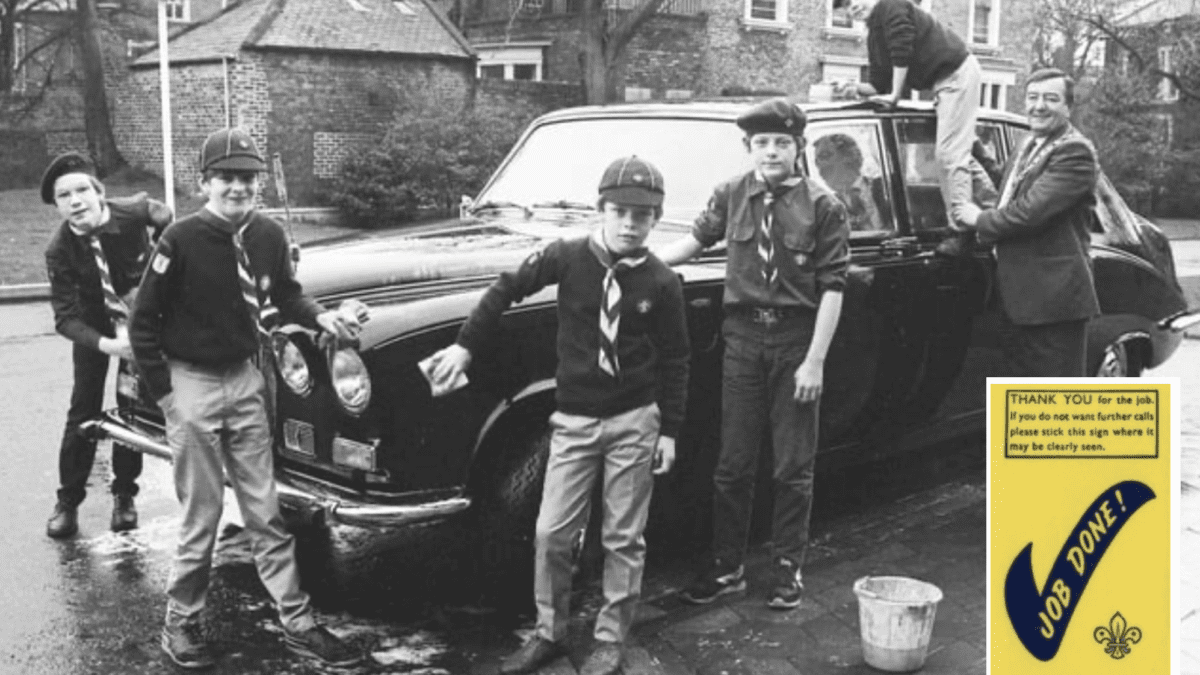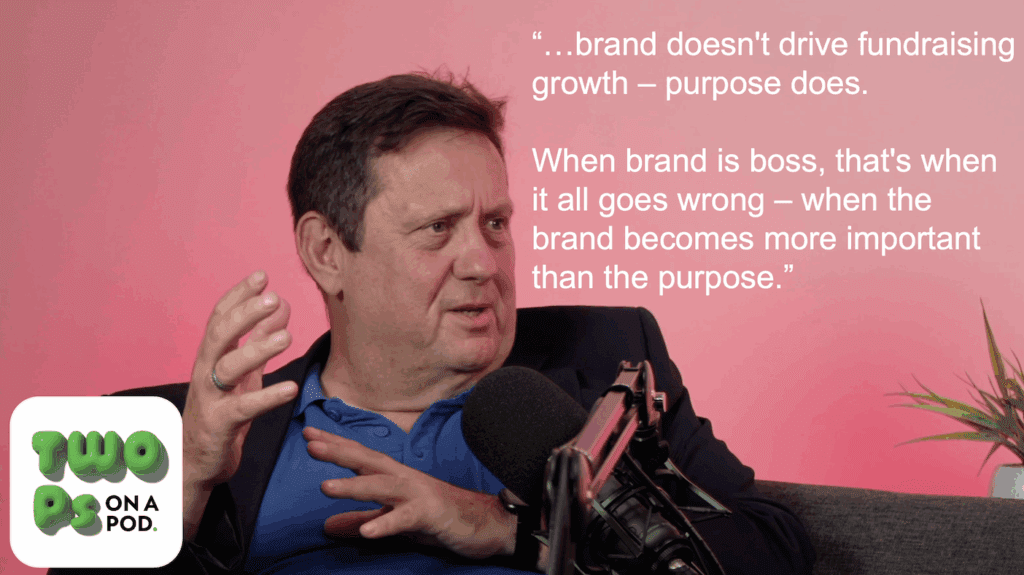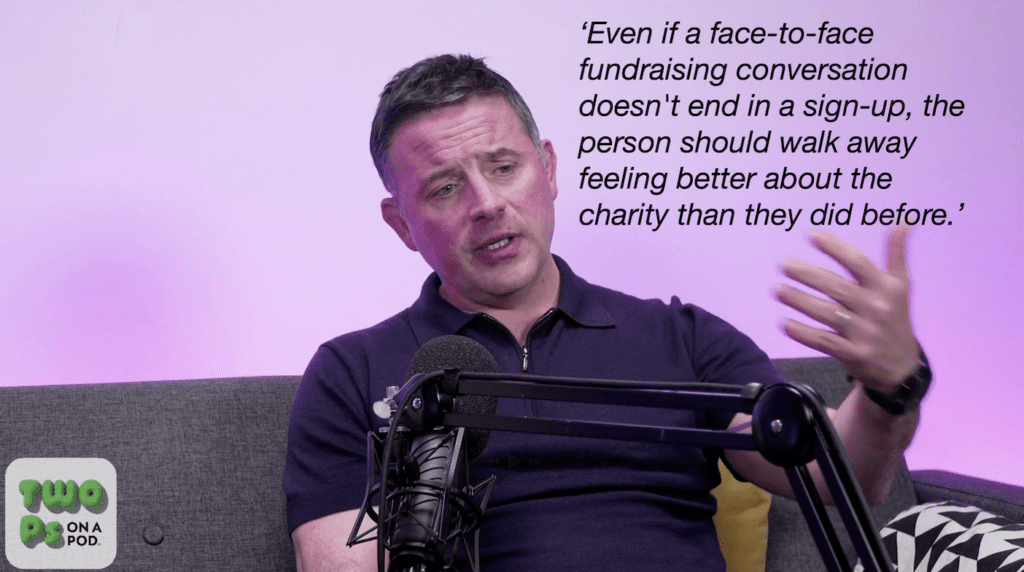Fundraising is flatlining. Do you want to do something about it?
The latest CAF UK Giving Report is out. And on the surface, the numbers look strong. In 2024, the UK donated £15.4 billion to charity. That looks like significant progress… until you realise we’re haven't caught up with where we should be. If charitable giving had simply kept pace with inflation over the last twenty years, we’d be £2.25 billion ahead of where we are now.
But the real concern? Young people seem to be turning away from charity.
Back in 2017, 55% of 16–24-year-olds gave to charity. Fast forward to 2024, and that figure has dropped to just 36%. This isn’t a blip. It’s a sign that something is wrong.
And I don't think it's just about money - it’s about meaning.
Because if you look more closely, you’ll find something intriguing. Some young people are giving – significant sums. As much as 10% of their income in some cases. But not to the big brands dominating their social media feeds. Not to the ones with the flashiest engagement campaigns.
They give when giving feels personal. When it’s an extension of who they are. When it’s tied to faith, to identity, to community.
Look at the traditions of tithing or Zakat and Sadaqah. These aren’t optional extras—they’re woven into the fabric of life. They’re talked about. Honoured. Expected.
Compare that to the secular charity sector, where many organisations are still relying on the 'just £3 a month' message. The underlying pitch? Come on, it’s not that much. But when giving is sold as something small, something forgettable, is it any surprise people don’t feel connected to it?
So here’s the real challenge:
What if we stopped trying to make charity seem cheap? And instead, started making it meaningful?
What if giving felt like being part of something great. Something important – something visible, rewarding, and rooted in shared values?
What if we told better stories about what donations actually do - and invited people to be part of that story?
What if we created rituals that made generosity a regular, joyful part of everyday life?
Here’s the potential: if everyone in the UK gave just 1% of their income, we’d raise an additional £10 billion each year. That’s not fantasy. It’s completely within reach - if we start thinking differently.
No more superficial rebrands. No more gimmicky “engagement products” that don’t engage. No more innovation that might please us, but ignores the needs of the people we’re trying to reach.
Why don't we look to faith communities and learn from their success. Because the issue isn’t apathy. Young people do care. Deeply. They’re just not connecting with how we’re currently asking them to give.
They’re looking for purpose. And unless we offer it, they’ll keep walking away.
So here’s the invitation: watch the video.
Then let’s have the real conversation—about what it takes to build a new culture of giving.
Fancy getting involved?
Or are we going to stand by and watch a whole generation drift away?
Tags In
The Essentials

Crack the Code to Regular Giving: Insights, Strategies, and a Special Giveaway!
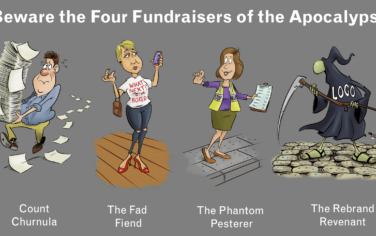
‘Tis Halloween. Keep to the light and beware the Four Fundraisers of the Apocalypse!

Why do people give? The Donor Participation Project with Louis Diez.

A guide to fundraising on the back of a postcard
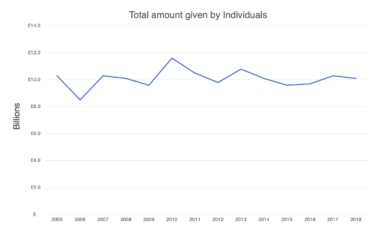
What does the latest research tell us about the state of fundraising?


